Tomorrow’s battlefield is becoming faster, more connected and more lethal. Near-peer threats are rapidly adapting and evolving their technology to increase their lethality capabilities in expanded, congested battlefields. To deploy, fight and win against any threat, in any airspace, Army Aviation is transforming to maintain combat over-match in an all-domain battlefield.
Lockheed Martin is in lockstep with Army Aviation to provide the solutions they need to succeed today and tomorrow.
To maintain air superiority in an ever-evolving threat landscape, Army Aviation is committed to developing the future vertical lift ecosystem of tomorrow’s fight while ensuring the readiness and relevance of the enduring aviation fleet.
Army Aviation is modernizing the capabilities of their rotary-wing fleet to bring new, expanded capabilities to the battlefield, today. To create an all-domain-ready fleet by 2028, as directed by the Army Modernization Strategy, Army Aviation is working to ensure the readiness and relevancy of its current fleet against modern-day threats. Current rotary-wing aircraft like Black Hawk and Apache helicopters will remain in the fight for years to come. It is essential to modernize these combat-proven systems to maintain overmatch capabilities and prepare for what comes next.
This requires innovative industry action to develop integrated, connected systems that work across all platforms and can move seamlessly to the future fleet.
Bridge to FVL: Modernizing the Enduring Fleet
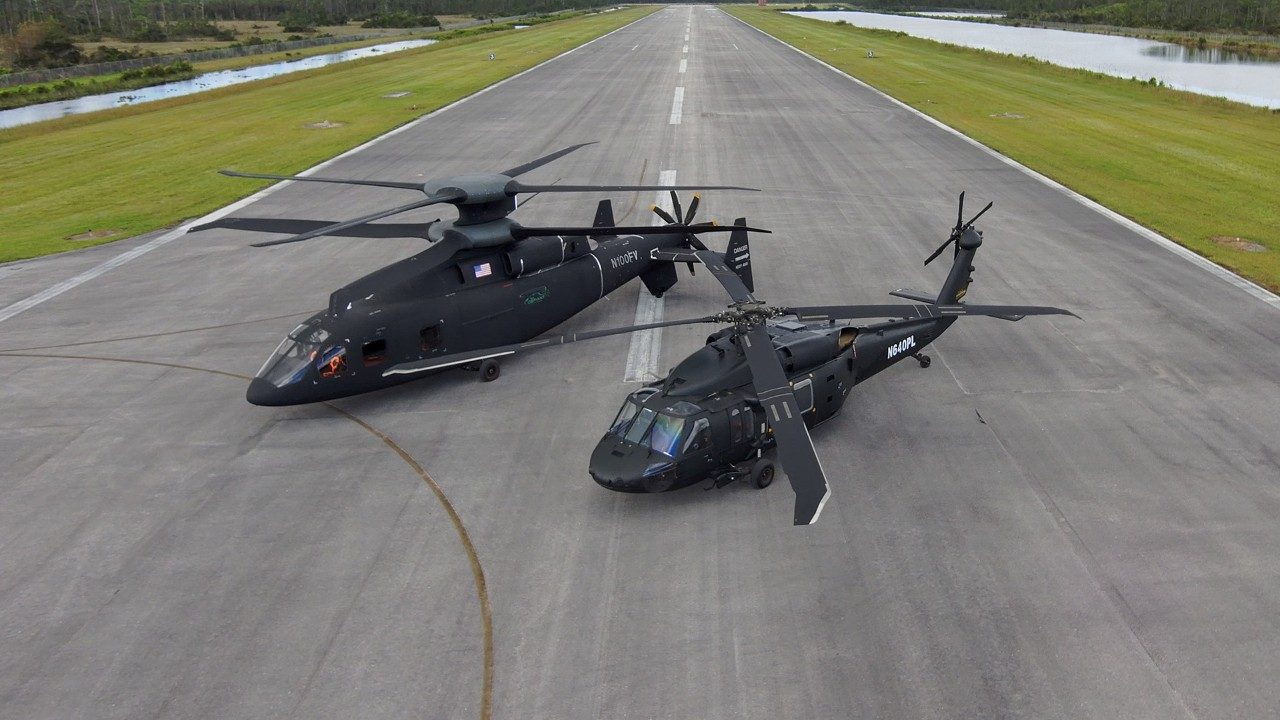
Until a FLRAA solution is fielded, Sikorsky continues to build and deliver the battle-proven H-60M Black Hawk for the US and more than 30 other nations around the globe. The US Army, the largest Black Hawk operator, and international customers, continue to invest in the platform, with new capabilities, upgraded mission performance, and lower operational costs.
Sikorsky is committed to Black Hawk modernization and sustainment, as the U.S. Army plans to operate the H-60M into the 2070s. Integration between the future and enduring fleets is critical to ensure freedom of air movement and dominance in air assault across all domains. Efforts are focused on upgrades that align the Black Hawk with the FVL Ecosystem incorporating open architectures that can maintain relevance in future battlespace operations by increasing reach, survivability, lethality and sustainment of the H-60 platform.
One example is an Improved Turbine Engine Program to improve Black Hawk performance with increased power and improved specific fuel consumption. Sikorsky is currently under contract to integrate the T-901 Improved Turbine Engine (ITE) into the H-60M Black Hawk. Additional modernization efforts include the use of a digital twin. Sikorsky, the Army, Wichita State University, and other industry partners are working on creating a digital twin of a UH-60L Black Hawk Helicopter. Digitally engineering the Black Hawk will unlock new data insights that ensure manufacturability and supportability, while helping minimize aircraft downtime. Lockheed Martin is also engaged in a program to demonstrate predictive analytics on the UH-60M as well as trouble shooting tools that provide insight required to significantly reduce aircraft downtime.
Moreover, Sikorsky has been a key contributor in helping the Army define and develop the FVL ecosystem where MOSA (Modular Open Systems Approaches) is the underlying enabler allowing new technologies to be rapidly deployed to the field to rapidly create overmatch scenarios in an ever-evolving battlefield. Sikorsky is working with the Army to define and incorporate these open systems concepts and infrastructure into Black Hawk modernization efforts so the future and enduring fleet can seamlessly share and integrate data when conducting Multi-Domain Operations.
In partnership with DARPA, the Aircrew Labor In-Cockpit Automation System (ALIAS) program is making autonomous flight a reality to bring safer, smarter flights directly to our aircrews. On February 5, 2022, Sikorsky successfully flew a UH-60A helicopter modified with ALIAS technology during a 30-minute uninhabited flight over Fort Campbell. Sikorsky is utilizing the UH-60A Black Hawk helicopter, an optionally piloted vehicle (OPV), to revolutionize the way aviators and aircrews execute their missions. Thanks to the fly-by-wire technology implemented on Optionally Piloted aircraft, conventional mechanical flight controls are replaced with an electronic interface, simplifying operations. With a reduced workload, pilots can focus on saving lives or transporting cargo instead of the mechanics required for contemporary flight. On March 1, 2022, the Army flew its UH-60M equipped with an ALIAS fly-by-wire kit for the first time with Army pilots. The Army is currently exploring use-cases for how to apply this transformative technology on the FVL program and commercial aviation assets.
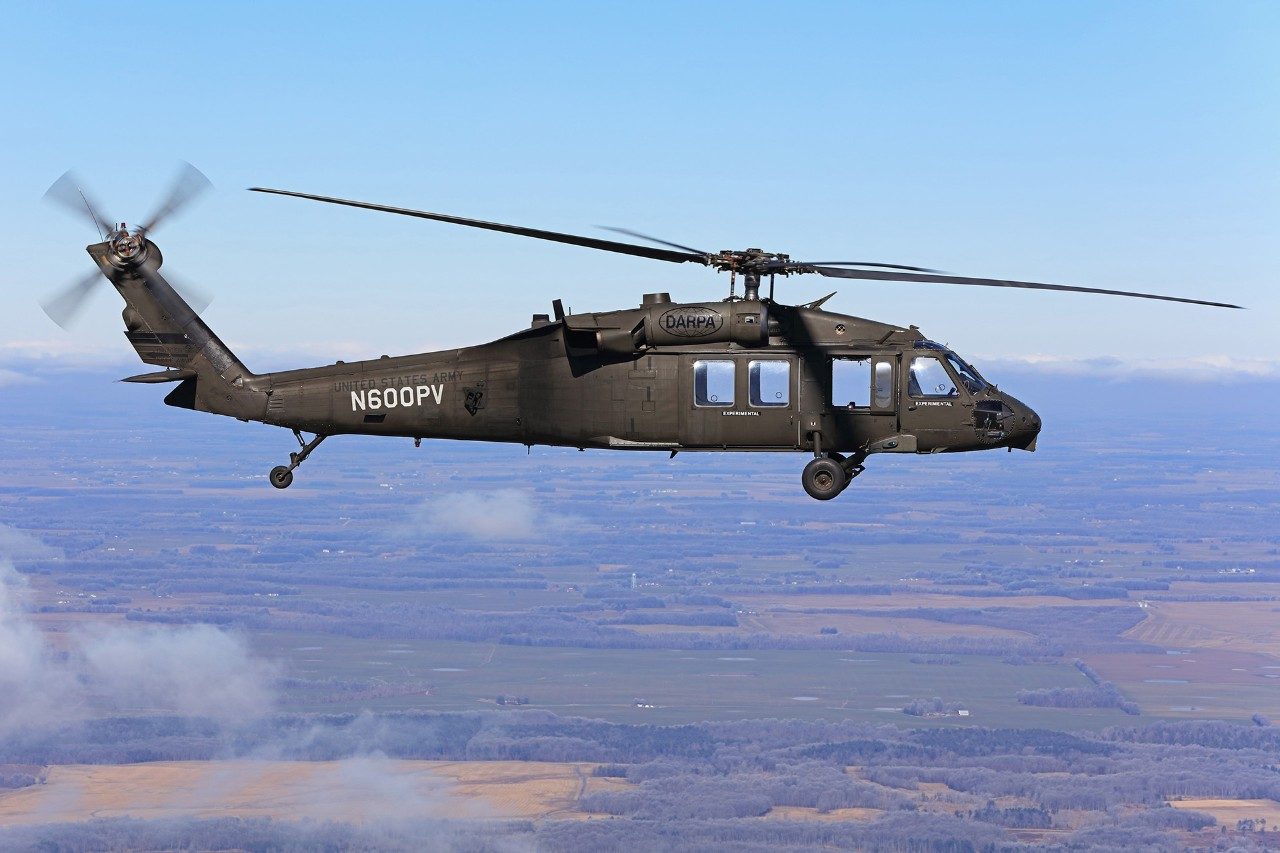
With continued investment in technological enhancements and close partnership with the US Army, the H-60M platform is poised to bridge the gap to FVL and support our customer’s missions of today…and tomorrow, alongside the future fleet.
Lockheed Martin’s Gen II Turret enables the Apache helicopter to remain the premier attack helicopter for years to come with lower operational and support costs and improved reliability and maintainability for the eyes of the Apache, the Modernized Target Acquisition Designation Sight/Pilot Night Vision Sensor (M-TADS/PNVS). M-TADS/PNVS, along with the new Gen II Turret which provides improved slew rate, allows aircrews to acquire and identify multiple targets at long-range during day, night and in adverse weather mission, enabling the warfighter to engage the fight with greater precision.
Lockheed Martin is developing enhanced lethality solutions that can be integrated across multiple platforms and seamlessly into the future fleet. The U.S. Army recently awarded Lockheed Martin a directed requirement contract to integrate the Spike Non-Line-of-Sight (NLOS) missile into the Apache fleet. Spike NLOS will be the interim Long-Range Precision Munition (LRPM) until a program of record is selected and fielded on the Army’s future helicopter fleet. Spike NLOS’s long-range precision strike capabilities ensure soldiers can engage threats from a safe standoff distance, increasing the survivability of the crew and aircraft.
Lockheed Martin’s HELLFIRE II Romeo is a versatile, precision-guided missile that can be easily integrated on numerous rotary-wing and fixed-wing aircraft, including the Apache, Black Hawk and more. The follow-on solution, the Joint-Air-To-Ground Missile, has been tested on multiple platforms throughout its development phases and is poised to offer enhanced Air-to-Ground lethality capabilities for the enduring fleet.
As Army Aviation stakeholders are working to address survivability and lethality across the all-domain operational environment, Lockheed Martin is maturing a Pilotage Distributed Aperture Sensor (PDAS) system to provide Army aircrews a level of situational awareness and survivability unavailable on today’s rotorcraft. Its high-resolution infrared threat warning sensor system enables aircrews to detect and defeat emerging threats at very low altitudes. It also delivers 360-degree imagery and sensor fusion to support flight in degraded visual environments and GPS-denied areas. PDAS is an integrated sensor subsystem that will enable aviators of enduring fleet and future rotorcraft to own any environment and complete their missions.
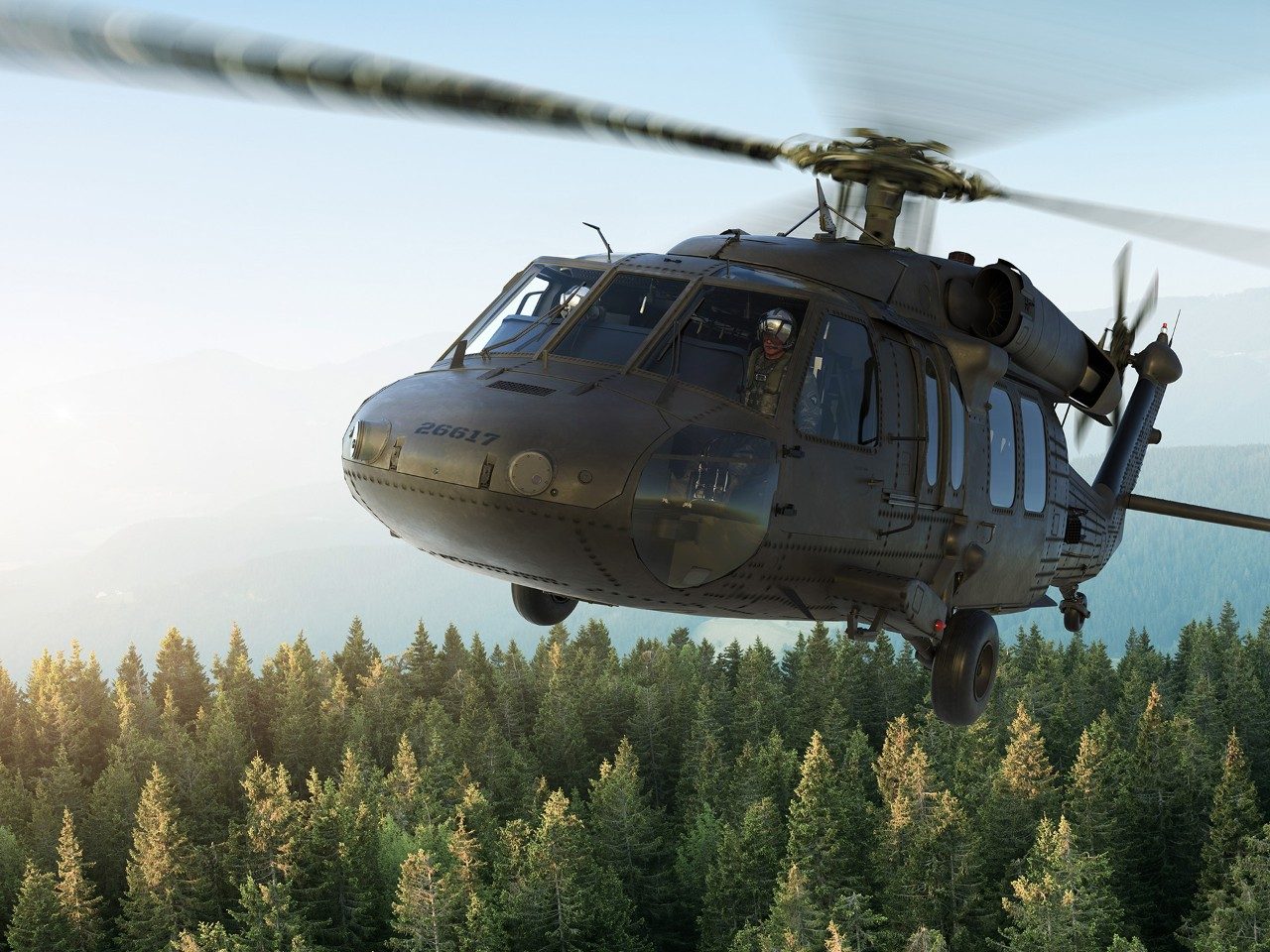
How Lockheed Martin is Supporting the FVL Ecosystem
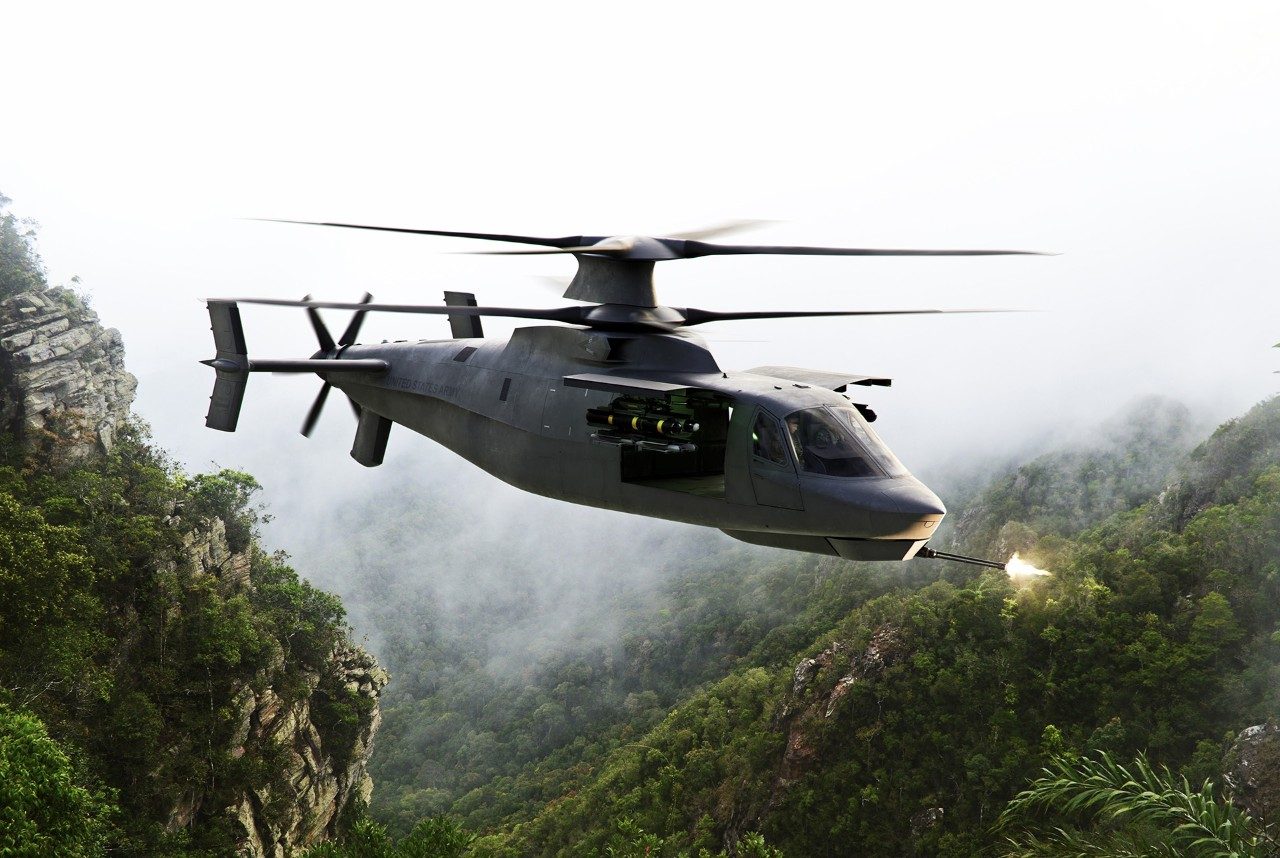
Lockheed Martin Sikorsky’s offering for the Army’s Future Attack Reconnaissance Aircraft (FARA) program, RAIDER X®, will enable the Army to conduct Reconnaissance, Surveillance and Target Acquisition from extended, stand-off range, synchronized with Long Range Precision Fires, to penetrate, dis-integrate and exploit penetration of enemy Anti-Access/Area Denial complexes on the MDO battlefield. FARA fills the current armed reconnaissance helicopter gap and offers the Army nearly twice the speed, twice the range, twice the maneuverability and survivability. RAIDER X is purpose-built to fight and win on the all-domain battlefield.
RAIDER X® will fully integrate the strengths of Lockheed Martin, including digital thread, advanced manufacturing, sustainment, training and weapon and mission system development. This technology will provide the Army with an integrated weapons system that combines speed, range, maneuverability, survivability and operational flexibility to execute all-domain operations.
The Future Long-Range Assault Aircraft (FLRAA) is designed to fly low and fast, land quickly and deliver soldiers and get out while evading the enemy in complex terrain. Sikorsky, a Lockheed Martin Company, and partner Boeing have come together as Team DEFIANT to create an agile, maneuverable weapons system that flies faster and farther than any current rotorcraft weapon system. DEFIANT X® is optimized for operational effectiveness, sustainment and interoperability with the enduring fleet. It will revolutionize the Army’s air assault capability with limited changes to tactics, techniques, procedures, training and infrastructure. In addition, DEFIANT X will provide the Army with an unmatched combination of speed, low-level maneuverability and survivability, equipping our Soldiers and aircrews with the necessary all-domain advantages required to achieve operational superiority.
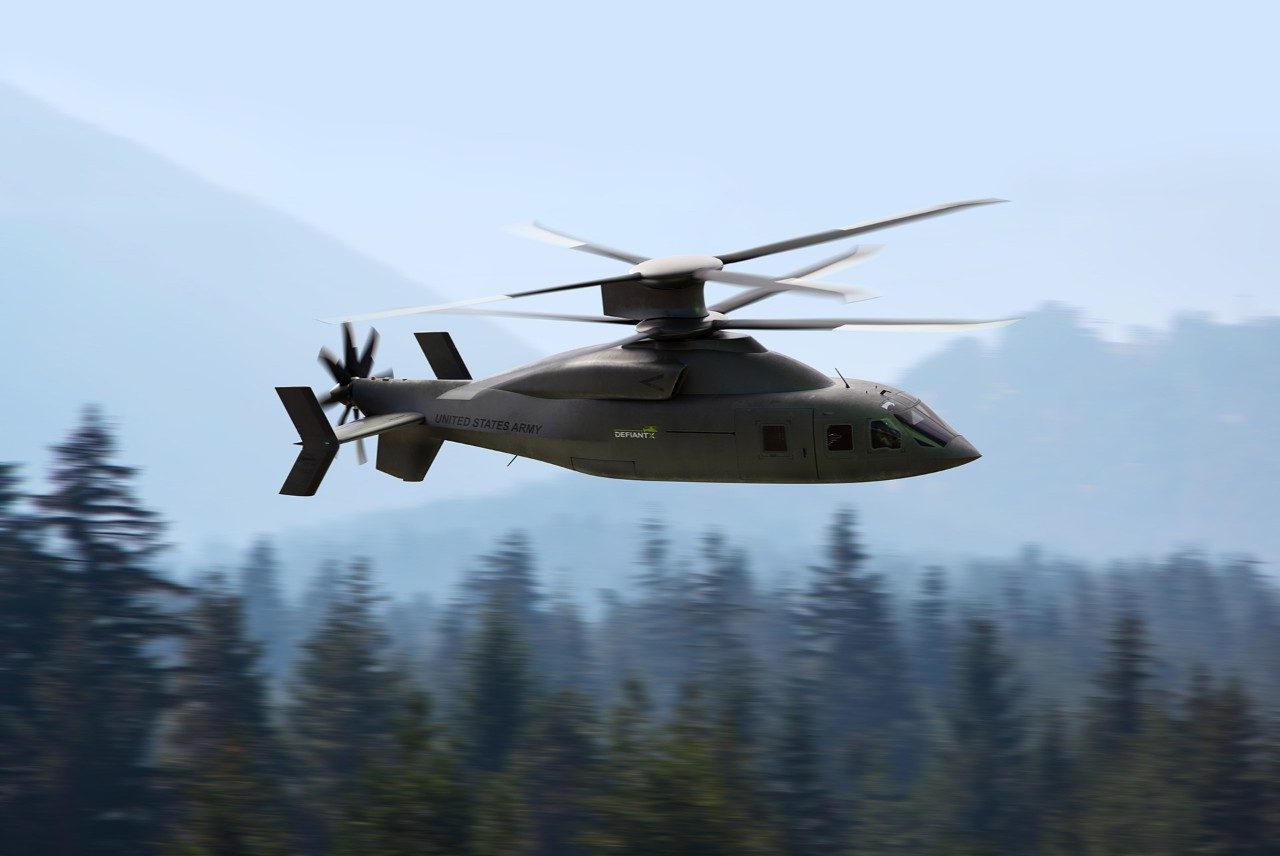
These systems will support JADO missions by seamlessly passing data back and forth for instant decision-making. Lockheed Martin’s dedication to technology development enables the Army’s contribution to JADO. With innovative and proven technology, Lockheed Martin will enable FVL missions to be accomplished with transformational range and speed, combined with improved connectivity, lethality and survivability.
To learn more about how Lockheed Martin is partnering with Army Aviation for the missions of today and tomorrow, visit lockheedmartin.com




